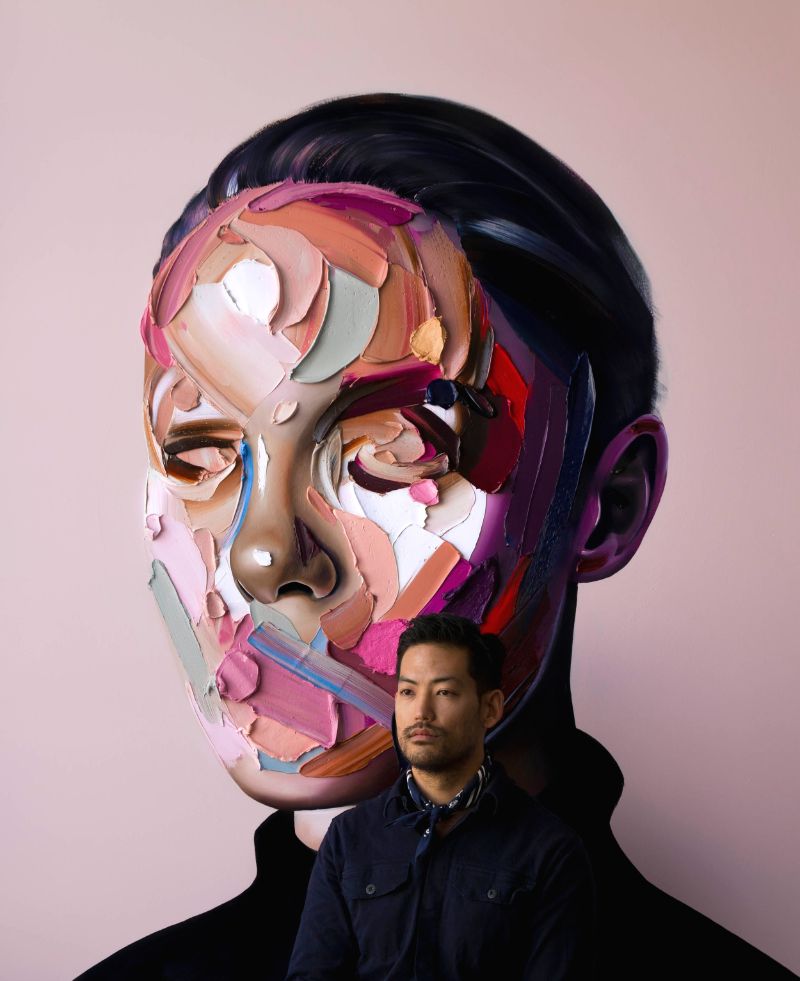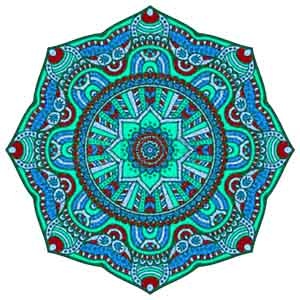
There are many schools and styles of modern art, all of them exciting. If we define modern art as encompassing all of the twentieth century, we start with the Fauves and Matisse, the master of color. Indeed, one of the major movements of modern art has been toward color as the primary tool of the artist.
But it’s Picasso who really brought art into the new century with the birth of Cubism, which led directly to Futurism and abstraction. By breaking up the planes of the figure, Picasso opened the way for artists to leave representation behind entirely, and focus instead on the inherent emotion of color and abstract form. This chain of influence leads to the pure color theory of the minimalists and color-field artists.
Modern Art also Includes Representation
Another branch of modern art veered away from pure abstraction toward representation of a new kind. Rene Magritte painted perfectly recognizable men in bowler hats, but in the strangest of circumstances, such as the horde of them raining down on a town in The Fall. Dali, too, began with recognizable images, but distorted them into images of pure imagination. Botero, Lucian Freud and Balthus also used the human form as subject, each seeing it in his own unique vision.
We might consider Pop Art and Op Art to be the two extremes of representation and abstraction. Both movements look very dated today. There’s no telling what direction modern art may take as we enter the 21st century. All we can say for sure is that it will be different from what has gone before, and it will most certainly be interesting.
Thank you for reading this article! If you have any further questions about this topic please contact us.
